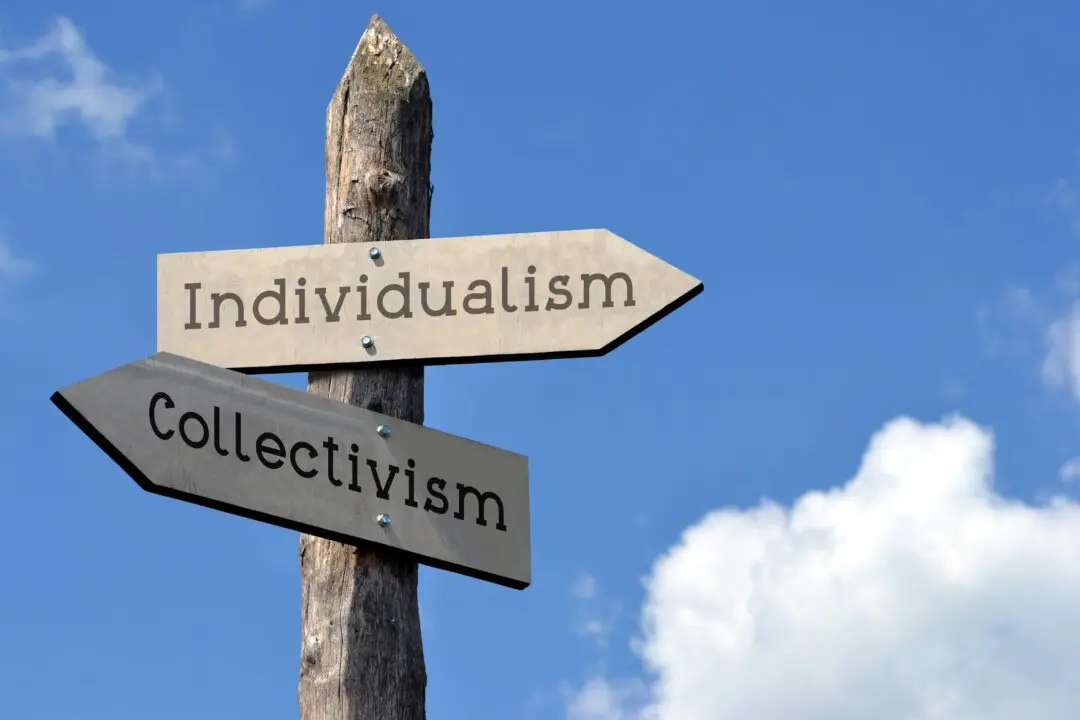Commentary
Any index of prices is based on an illusion. You can say it’s a necessary one. It likely is simply because we need some kind of aggregate to sum up a huge complexity of price movements. It’s the only way we can observe the existence of a general problem rather than a sector-specific one.





